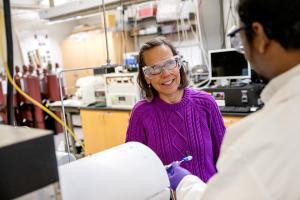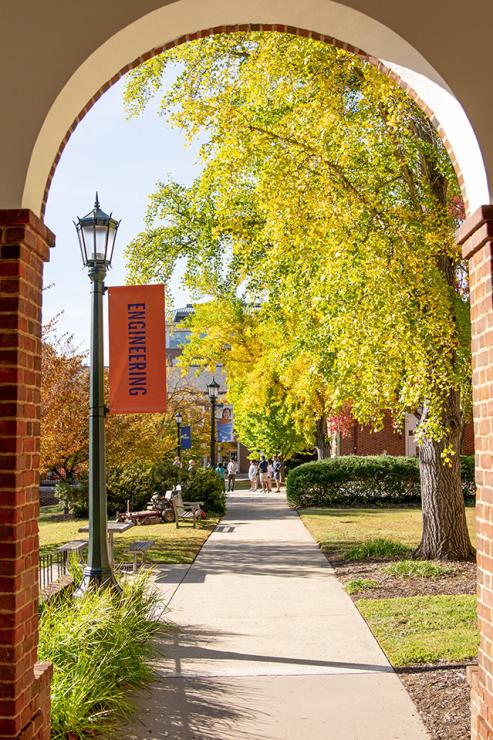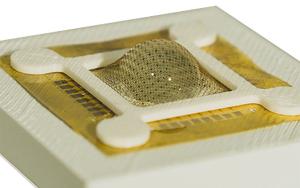
Starting at the Nanoscale to Solve Complex Challenges
We translate fundamental discoveries at the nanoscale into materials that benefit society.
Celebrating the Class of 2025
The UVA Materials Science and Engineering Class of 2025 has exemplified innovation, resilience and a commitment to engineering for the greater good throughout their academic journey, pushing boundaries and setting new standards for excellence.
As they step into the next chapter, we recognize their achievements and the bright futures they are poised to create.
-

Department Awards Picnic
MSE faculty, staff and students celebrated at the department's spring picnic in Darden Court.
-

In Photos: Diploma Ceremony
The Class of 2025 received their diplomas in a ceremony on Sunday, May 18.
-

Graduating Stars Prepare to Launch their Careers
Fourth-year students share memories and show gratitude as they say goodbye.
-
Celebrating Excellence: 2025 UVA Engineering Outstanding Student Award Winners
Each year, the University of Virginia’s School of Engineering and Applied Science recognizes students who demonstrate exceptional achievement in academics, research, leadership and service.
-
Capstone Design Projects
Fourth-year materials science students take part in a two-semester capstone experience where groups of students bring together their entire curricular coursework and laboratory skills to develop solutions to a major engineering design problem.
-
Celebrating the UVA Engineering Class of 2025
Explore more photos, videos and stories.


We Leverage Material Properties to Benefit Society
The vast majority of the materials people encounter every day have been engineered to have specific properties that make the materials useful or valuable. As materials scientists and engineers, our goal is to understand how the arrangement of the materials' structures on a very fine scale translates into materials with properties that can benefit society.
Our department continually strives to expand its core strengths and to work across disciplines to address complex challenges, from more efficient jet engines to new electronic materials that extend the limits of Moore's law. With recent faculty hires, we have reinforced our expertise in these areas:
- Corrosion
- High-temperature materials
- Surfaces and interface science
- Electronic materials
- Computational materials science
And we are firmly established in such emerging fields as two-dimensional materials, soft and/or biological materials, and functional thermal material systems.
Important Dates
View All EventsMore About Our Department
Research Highlights



